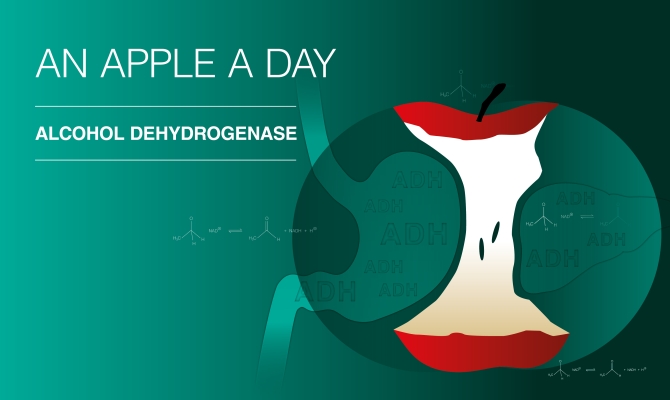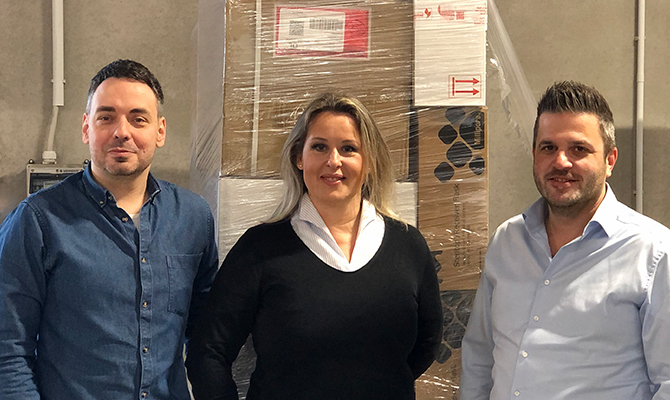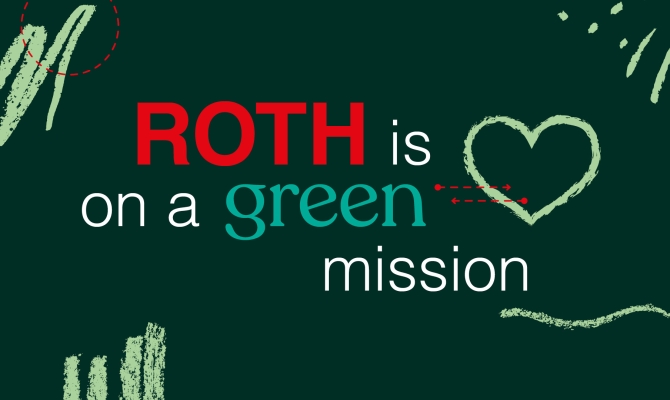
Wasser 3.0 for a good cause
Christmas is a time of year when everyone – including us – likes giving and sharing. At home, we enjoy surprising our nearest and dearest, and here at our company too, it is very important to us to offer personal tokens of appreciation to our employees at this time of year. However, we also believe it is just as important to support large and small causes that affect maany people, and to contribute to helping others.
In our annual advent calendar quiz, we donate 1 euro for every quiz question answered, which raises a considerable sum for a good cause every year. Our donation from the 2022 advent calendar went to the Wasser 3.0 project based in Karlsruhe, which campaigns for the elimination of microplastics and micropollutants from water.
Microplastics. Small but harmful
Microplastics have been a central issue in our society for some time now. The not-for-profit organisation Wasser 3.0 gemeinnützige GmbH recognises how important this topic is. There are still many unanswered questions regarding the ways in which microplastics enter our environment and what we can do to prevent this. Much more transparency is needed to enable us to take decisive action. In the meantime, researchers have found microplastics and micropollutants all over the world – even on our plates and in our clothes. With the Wasser 3.0 project, the company wants to help accelerate research and supply all the data required to drive the issue forward politically too.
Here at Carl Roth, we practice sustainability wherever we can and wholeheartedly support research that protects our planet. We believe water is a particularly sensitive issue because it is something we all need to live.
Specifically, our donation is supporting two important areas of research. One focusses on the unanswered questions: how many microplastics actually get into waste water through laundry, and how can we take cost-effective action without needing to invest in retrofitting or new purchases. The second burning question is about the use of functional clothing in sport. More data is also needed here to find out more precisely how microplastics get into our water and therefore into our bodies.
Dirt cleaned off? Not for our environment
We already know that tiny plastic particles and fibres from synthetic materials enter our washing water and then get into our water treatment plants. They can only be partly removed there and cannot be filtered out entirely. From our water treatment plants, the particles then enter our rivers, lakes and oceans and ultimately the water cycle, which affects animals, plants and humans. What we don’t know yet is what volumes we are dealing with and what we can do to prevent it. This could be affected by the type of detergent, the washing machine programme and the temperature selected for washing. All of these parameters are currently being investigated.
Be stronger than your strongest excuse? It not only applies to sport
Wasser 3.0 is working on a number of issues, including those relating to leisure. Specifically, the scientists are asking how many microplastics are emitted into the environment from functional sports clothing. Sportswear for many different types of sport all aims to be as light, stretchy, breathable and temperature-regulating as possible. In most cases, it has a significant polyester or polyamide content in order to meet these requirements. Wasser 3.0 wants to use microplastics detection to precisely investigate and measure the consequences of wearing this special sports clothing on our environment in terms of microplastics.
Can we really change anything? We think so!
We need the results of this research so that every single person can make different decisions in their everyday life and make things better. All of our readers can follow the progress of these findings on the Wasser 3.0 blog (https://wasserdreinull.de/en/knowledge/) and the project’s publication page (https://wasserdreinull.de/en/technology/) – for better transparency and sustainability.
Thanks to projects like these, important data can be collected that will have a big impact on our future behaviour towards the environment, and ultimately lead to a cleaner ecosystem and healthier bodies for everyone. So here at Carl Roth, we are delighted we can support Wasser 3.0 with our 2023 donation and help to drive research forward in this field.





